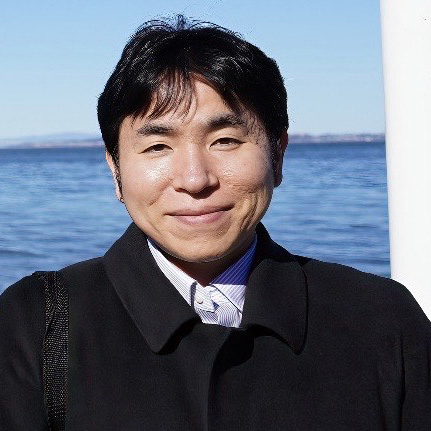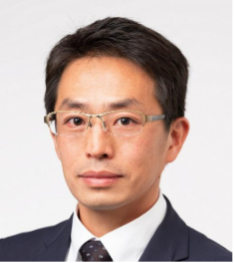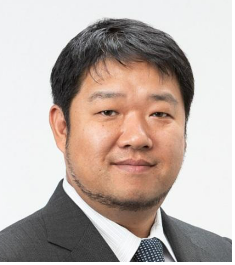Greeting

Group A01
Tsuyoshi Minami
Various structural chemical species numerously exist in water environments. To efficiently detect such invisible analytes in water, the designs of artificial receptors considering structural geometries and molecular sizes of analytes are required. Hence, Group A1 assigned as molecular scales aims to develop artificial receptors based on molecular recognition chemistry.

Group B01
Soo Hyeon Kim
To investigate the effects of causative species in the aqueous environment, the employment of advanced in vitro evaluation systems is a potent approach. Group B01 assigned as cell scales aims to develop the advanced Gut-on-a-Chip systems by integrating ultra-sensitive sensor arrays combined with artificial receptors for the real-time evaluation of the effects of causative species at the cellular level.

Group C01
Tatsuhiro Fukuba
In situ sensing is essential for understanding vast ocean-scaled environments. Owing to the following reasons:1) the diversity of target species, 2) miniaturized ocean observation platforms, technologies for not only the miniaturization of sensor sizes but also the improvement of power efficiency are necessary. Group C01 aims to establish microTAS technologies for extreme environments, focusing on fluidic delivery techniques as the key to realizing ultra-compact sensor devices based on molecular recognition technology.
